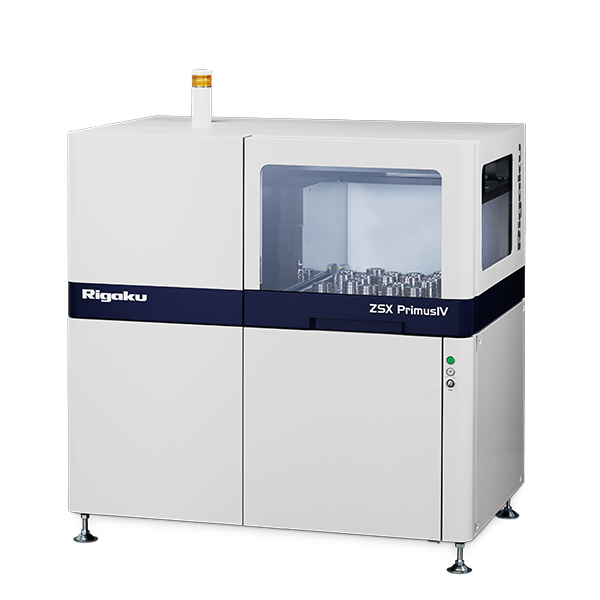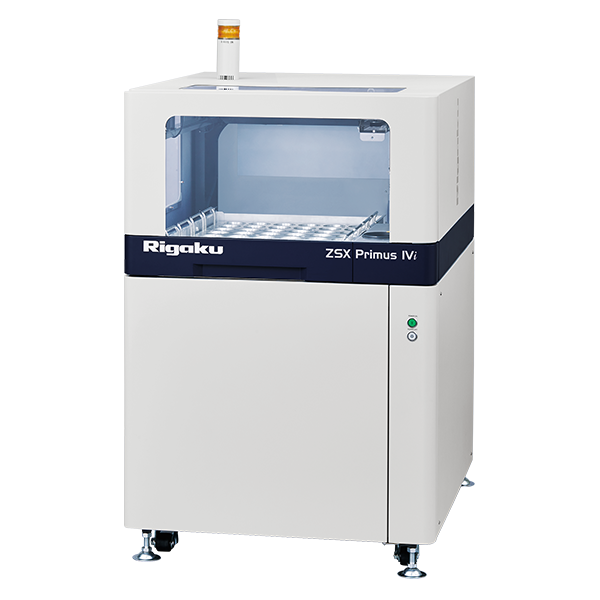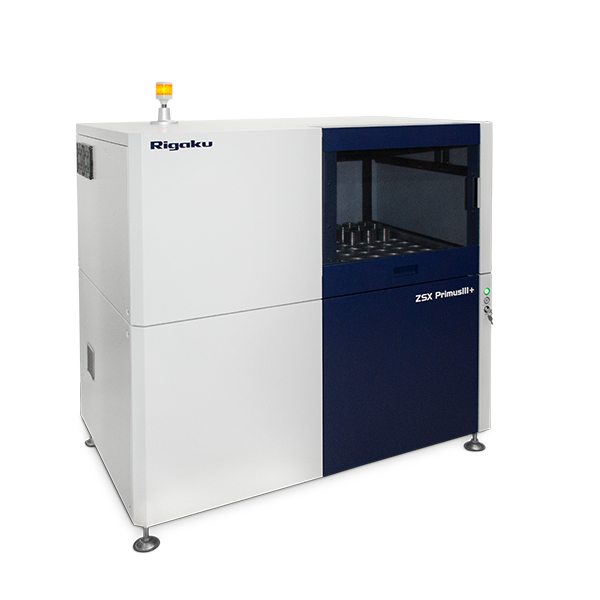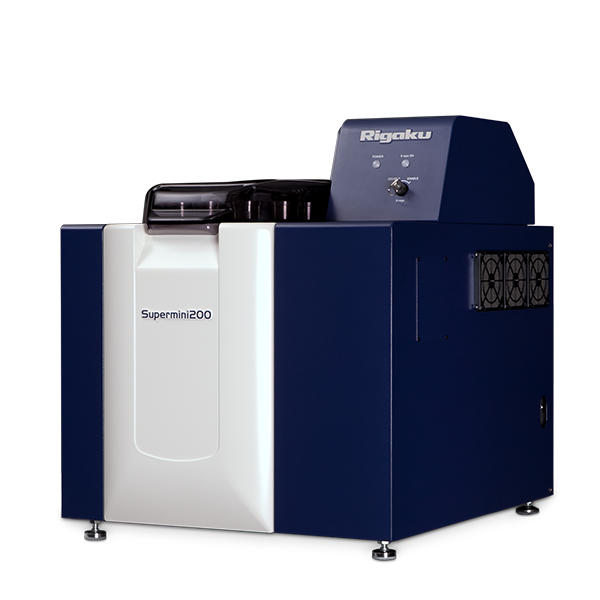4 kW WDXRF spectrometer voor industriële toepassingen
WDXRF spectrometer voor industriële toepassingen voor elementaire analyse van vaste stoffen, vloeistoffen, poeders, legeringen en dunne films.
Nieuwe ZSX Guidance XRF-software met expertsysteem
ZSX Guidance helpt u bij elk onderdeel van XRF metingen en gegevensanalyse en handelt de complexe instellingen voor u af. Operators hoeven alleen basisinformatie over de monsters, de te analyseren elementen en de standaardsamenstellingen in te voeren. De software selecteert automatisch de beste meetlijnen, achtergrondinstellingen en correctieparameters, inclusief lijnoverlappingen, met behulp van kwalitatieve spectra om het proces te sturen.
In combinatie met de SQX fundamentele parameters module kunnen gebruikers monsters analyseren met een onbekende matrix. SQX corrigeert voor matrixeffecten -inclusief lijnoverlappingen- en houdt ook rekening met secundaire excitatie door foto-elektronen (lichte en ultralichte elementen), variërende atmosferen, onzuiverheden en verschillende monstergroottes. Verhoogde nauwkeurigheid kan worden bereikt door het gebruik van Matching Libraries.
Tube-above optiek voor superieure betrouwbaarheid
De ZSX Primus IV heeft een innovatieve tube-above configuratie. Deze opstelling voorkomt contaminatie van het optisch traject, waardoor het risico op verontreiniging afneemt en de uitvaltijd voor onderhoud aan de monsterkamer tot de minimum wordt beperkt.
De ZSX Primus IV WDXRF-spectrometer levert uitstekende prestaties en flexibiliteit, zelfs voor de meest complexe monsters. Hij is uitgerust met een end-window buis van 30 micrometer, de dunste in de sector, voor een uitzonderlijke detectie van lichte elementen (lage Z).
Mapping en multi-spot WDXRF-analyse
De ZSX Primus IV, gecombineerd met een geavanceerd mapping pakket, maakt het analyseren van de homogeniteit en defecten in monsters eenvoudig. Daarnaast helpt de multi-spot analyse module ook bij het verminderen van artefacten bij het werken met inhomogene materialen.
EZ-scan software met SQX fundamentele parameters module
EZ-scan maakt het eenvoudig om XRF elementanalyses uit te voeren op onbekende monsters zonder enige voorafgaande instelling. Deze tijdbesparende functie vereist slechts een paar muisklikken en een monsternaam om aan de slag te gaan. In combinatie met de SQX fundamentele parametersoftware levert het bovendien de nauwkeurigste en snelste XRF-resultaten mogelijk.
SQX corrigeert met name voor alle matrixeffecten, inclusief lijnoverlappingen. Het houdt ook rekening met secundaire excitatie door foto-elektronen (lichte en ultralichte elementen), variërende atmosferen, onzuiverheden en verschillende monstergroottes. Voor nog meer nauwkeurigheid kan het worden gecombineerd met bijpassende bibliotheek- en perfecte scananalyseprogramma's.




